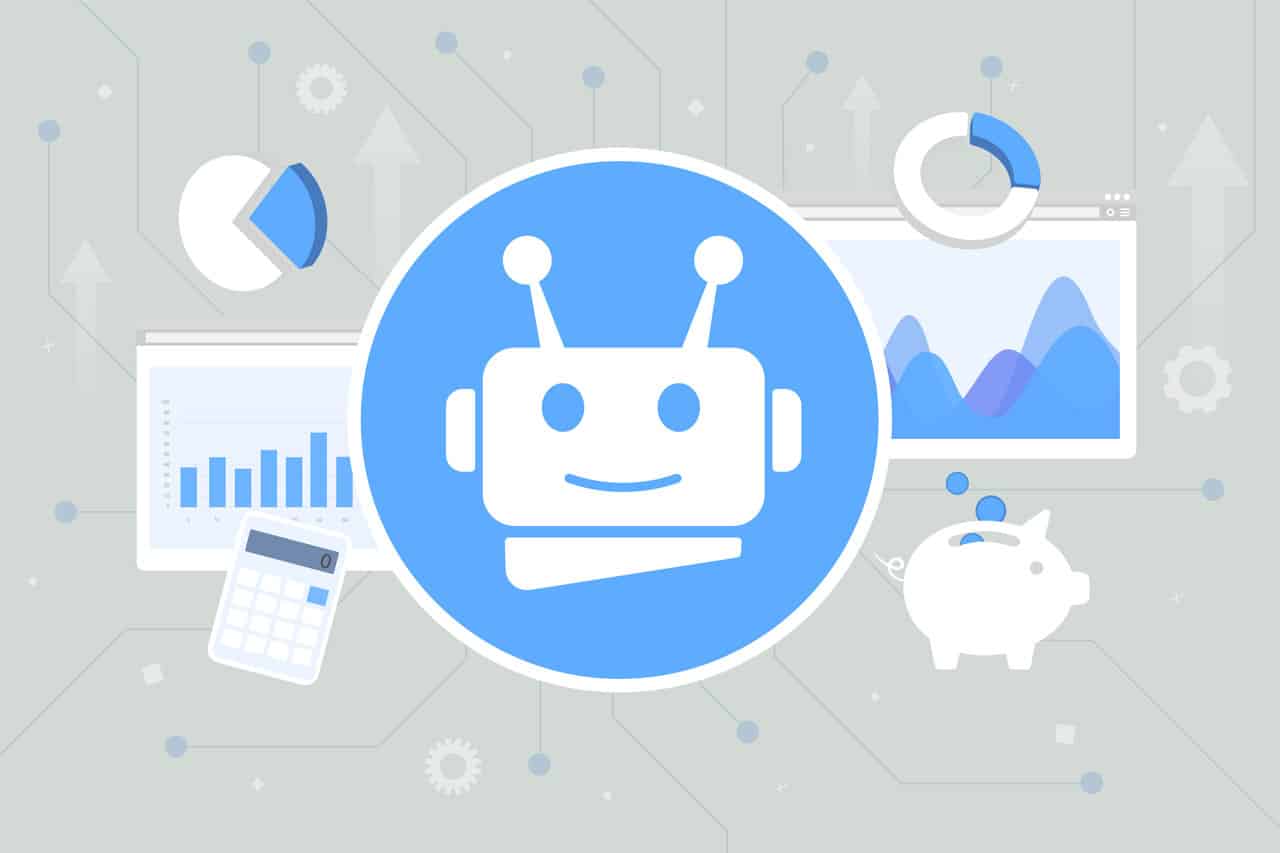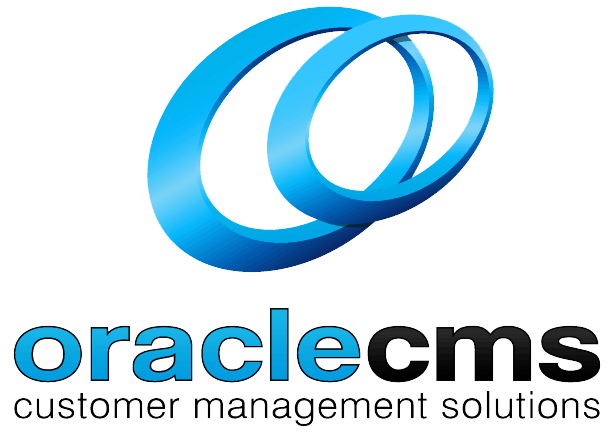
AI and RPA: What Is the Difference and Which Is Best for Your Business?
Today, artificial intelligence (AI) and robotic process automation (RPA), are among the most prominent technologies being used by organisations to achieve their goals of improving customer satisfaction and bolstering employee morale – all the while reducing their overall operational costs.
Sounds like a dream doesn’t it? And surely it can’t be that simple?
In this article, we’re going to highlight the key differences between AI and RPA, and discuss which of the two might be better suited to your business. If this is an area that you’d like to explore further, read on and we’ll tell you everything you need to know…
RPA: Robotic Process Automation
Robotic process automation refers to the use of software ‘robots’ (highly specialised and purpose-designed computer programmes) that automate the more mundane ‘repeatable’ business processes.
RPA bots are consistent in their actions and perform the same way every time. They aren’t designed to learn or expand from one repetition to another, nor will they improvise or conceive new ways of completing their tasks – they simply grind away.
Contrary to popular belief, RPA bots aren’t making people redundant. Instead, they are serving as virtual assistants who will snatch up those repetitive, time-consuming tasks that aren’t particularly complicated but are otherwise soaking up too much of your employees’ valuable time.
Unlike we humans, robots do not tire of their tasks and so they never grow complacent, slow down, or make mistakes. Instead, they consistently complete the tasks they have been programmed to complete with total efficiency.
RPA can augment your employees in the following ways:
- Total accuracy: thus minimising human error and all of the associated costs involved.
- Full compliance: following regulatory rules to the letter and creating audit trails that can easily be monitored and evaluated.
- Increased speed: completing the average task 5-times faster than a human can, thus improving the overall efficiency of your operation.
- Guaranteed reliability: RPA bots will never let you down and they are available to work 24/7, 365, thus minimising delays.
- Bolstered employee morale: when free from time-consuming and repetitive tasks, your employees can focus more on productivity and creativity, as opposed to processing. This invariably boosts morale and enables employees to feel more fulfilled in their roles.
AI: Artificial Intelligence Automation
Artificial intelligence refers to the simulation of human intelligence processes via computer systems. These processes typically include learning, reasoning, and self-correction. This is done by collecting data, using context to reach conclusions, and streamlining their tasks by learning from their successes and failures.
Some of the more popular AI applications include machine vision, speech and image recognition, chatbots, and natural language generation (to name a few).
While RPA is typically used alongside people by automating time-consuming tasks, AI is otherwise viewed as a form of tech that can ultimately replace human labour with artificial automation:
- RPA relies on structured and pre-set inputs and logic, whereas AI uses open inputs and constructs its logic – while continually learning and improving its craft.
When both RPA and AI are combined, you can effortlessly create an entirely autonomous process.
As most businesses have both structured and unstructured data, many of their day-to-day processes can use RPA and AI in conjunction to fully automate operations. Additionally, AI can be introduced to a robotic process that has already been deployed and thus built upon.
RPA and AI Combined
End-to-end automation is arguably one of the most valuable states of operation that any organisation can achieve – particularly given how it is critical to provide your customers with many of the self-service options that they desire.
For example: imagine being able to open up a new bank account without having to waste time waiting on the phone or speaking to another human when instead it can be fully automated using RPA and AI. This is the power of RPA and AI combined and it invariably results in satisfied customers and money-saving efficiency.
But, how does it work?
- The AI chatbot verified what type of bank account the customer wants to set up.
- A link is provided thus pointing the customer in the right direction.
- The customer fills out the appropriate form which is then submitted.
- The submitted form is passed over to another robot who then begins the process of opening a new account.
- The robot handles all of the back-end tasks such as reviewing credit scores and verifying identification.
- Following that, an optical character recognition robot (OPR) scans all of the documents uploaded by the customer.
- If there are any discrepancies in their documents (e.g., a middle name present and/or missing in various documentation), a human employee will be brought in to confirm their identity and the AI will then learn from the human input and react differently when similar situations are presented in the future).
- Robots use text analytics and natural language processing to identify, interpret, and categorise the data and then put it in order.
- Once in order, the robot will complete a set of tasks that are required to set up a new bank account.
- Provided the customer’s information meets the requirements, the account is confirmed, and the customer is one happy bunny.
Which Is Best for Your Business: RPA or AI?
So, how does one decide which is best for one’s business? RPA or AI? Ultimately, it all comes down to your business type and what is involved in your day-to-day operations. In most cases, businesses can benefit from both RPA and AI being implemented.
Choose RPA and AI With OracleCMS
At OCMS, we can help you easily identify the optimal processes for you to automate and then implement this new software at a pace that suits you. In doing so, we can help you:
- Guarantee compliance
- Reduce operational costs
- Improve employee engagement.
As your new systems thrive, we can scale alongside you, managing all of your automated processes (both attended and unattended), under one single umbrella.
By implementing multiple AI technologies (e.g., OCR, chatbots, machine learning), coupled with RPA, your organisation can both work faster and smarter thus bolstering overall efficiency, enjoying great cost-saving potential, and meeting your growing customer satisfaction demands.
Is this something that you’d like to explore further? If you’re feeling overwhelmed and still feel unsure as to whether RPA or AI (or both) are best suited to your current setup, we’d be delighted to take your call.
Simply contact us today and one of our friendly and knowledgeable representatives will answer any questions that you may have.


